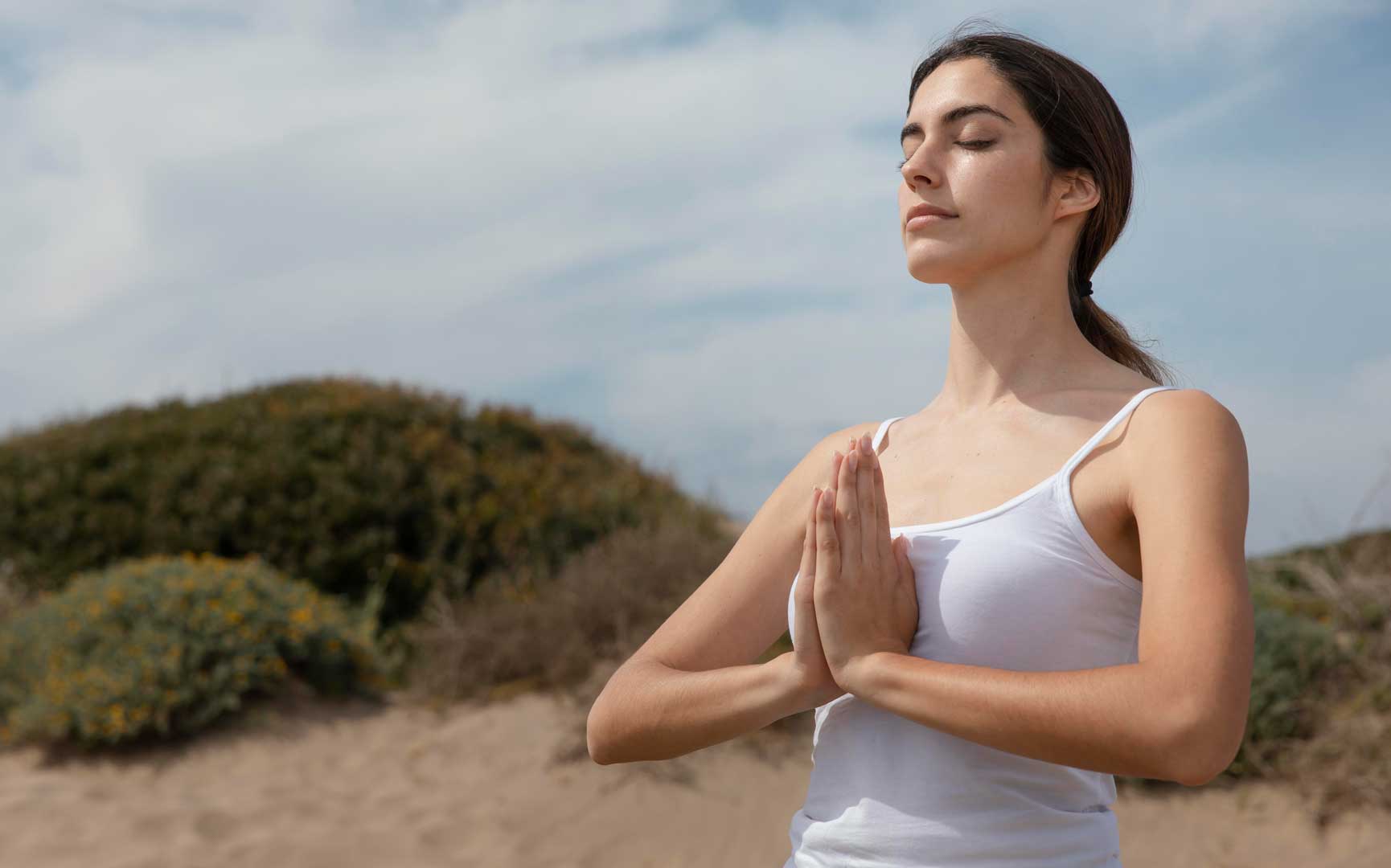Exploring the Most Popular Meditation Techniques:
A Guide for Beginners
In today’s fast-paced world, finding moments of peace and tranquillity can seem like a privilege for a few. However, with the rise of mindfulness and meditation practices, individuals are discovering the power of inner calm in the middle of the chaos of daily life. Meditation, a practice rooted in ancient traditions, has gained popularity for its numerous mental and physical health benefits. From reducing stress and anxiety to improving focus and emotional well-being, meditation offers a multitude of advantages for practitioners of all ages and backgrounds.
If you’re new to meditation or looking to expand your practice, it’s essential to familiarize yourself with some of the most commonly used techniques. Whether you prefer guided meditation or silent contemplation, there’s a method that suits your preferences and goals. Let’s explore some of these techniques to help at the start of the meditation journey.
Mindfulness Meditation:
Mindfulness meditation, derived from Buddhist traditions, focuses on cultivating present-moment awareness without judgment. Practitioners typically sit comfortably and observe their thoughts, sensations, and emotions as they arise. The goal is not to eliminate thoughts but to observe them with curiosity and acceptance. Mindfulness meditation has been extensively studied for its positive effects on stress reduction, emotional regulation, and overall well-being (Keng, Smoski, & Robins, 2011).
To practice mindfulness meditation at home, find a quiet space free from distractions. Sit or lie down comfortably, close your eyes, and bring your attention to your breath. Notice the sensation of each inhale and exhale, without trying to control your breathing. When thoughts or distractions arise, gently redirect your focus back to your breath. Start with a few minutes each day and gradually increase the duration as you become more comfortable with the practice.
Loving-Kindness Meditation:
Loving-kindness meditation, also known as Metta meditation, involves cultivating feelings of love, compassion, and goodwill towards oneself and others. This practice is particularly beneficial for enhancing empathy, reducing negative emotions, and fostering positive social connections (Hofmann et al., 2011).
To practice loving-kindness meditation, find a comfortable seated position and close your eyes. Begin by directing loving-kindness towards yourself, silently repeating positive phrases as “May I be healthy”, and gradually extend these wishes to others, starting with loved ones, and eventually to all beings. Allow yourself to genuinely feel the emotions of love and compassion.
Body Scan Meditation:
Body scan meditation involves systematically directing attention to different parts of the body, noticing sensations, and releasing tension. This practice is effective for promoting relaxation, reducing physical discomfort, and increasing body awareness (Kabat-Zinn, 1982).
To practice a body scan meditation, lie down in a comfortable position and close your eyes. Start by bringing your attention to your toes and slowly work your way up through each part of the body, noticing any sensations or areas of tension. With each exhale, imagine releasing any tension or discomfort you find. Continue scanning your body from head to toe, allowing yourself to relax deeply with each breath.
It’s important to recognize that meditation is an individual journey, and there isn’t a universal method that works for everyone. Experiment with different techniques to find what resonates with you and fits into your lifestyle. Whether you prefer sitting in silence, listening to guided meditations, or incorporating movement into your practice, there are countless ways to cultivate mindfulness and inner peace.
Furthermore, meditation is accessible to everyone, regardless of age, background, or experience level. There is no need for any special equipment or training to begin. All is needed is a willingness to explore and a commitment to invest time for self-care.
In conclusion, meditation offers a powerful tool for enhancing mental, emotional, and physical well-being. By exploring various meditation techniques and incorporating them into the daily routine, it can bring transformative benefits of mindfulness and cultivate a deeper sense of inner peace and resilience.
References:
- Keng, S. L., Smoski, M. J., & Robins, C. J. (2011). Effects of mindfulness on psychological health: A review of empirical studies. Clinical psychology review, 31(6), 1041-1056.
- Hofmann, S. G., Grossman, P., & Hinton, D. E. (2011). Loving-kindness and compassion meditation: Potential for psychological interventions. Clinical psychology review, 31(7), 1126-1132.
- Kabat-Zinn, J. (1982). An outpatient program in behavioural medicine for chronic pain patients based on the practice of mindfulness meditation: Theoretical considerations and preliminary results. General hospital psychiatry, 4(1), 33-47.
Follow us here Facebook
More about us here Cope Centre

